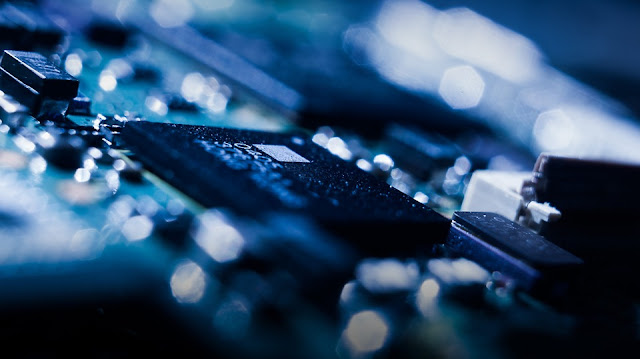What is the technology that sits behind a smart home? What connects all those smart devices and smart appliances, to your smart phones, laptops and tablets?
The idea of home
automation has been around for some time and trends, in what has become known
as smart home technology, have come and gone with the times. There is one company,
though, Pico Electronics of Glenrothes, Scotland, that was at the forefront of
smart home technology many years ago and that company is still around today.
The Early Beginnings of the Smart Home
The very beginnings of many smart home products can be traced all the way back to 1975, when Pico Electronics in Scotland developed something called X10, which allowed household products to communicate through the existing electrical wiring inside a home.
All the home appliances and home devices were receivers and the control mechanisms and keypads were the transmitters.
With X10, if you want to turn off a lamp in another room, for example, the transmitter that you used will send a numeric message consisting of an alert to tell the system that you have issued a command, a code to identify the receiver that the message was intended for, and the command itself, such as turn off, or turn on.
The system was designed to send the commend messages through the wiring system in less than a second, but X10 does have its limitations. Because electrical wiring can get “noisy” when they are being used to power other devices, the messages can sometimes be misread or not even arrive at their destination at all.
There are still X10 smart home devices around, but there is now new technology on the market to base your smart home on. Most modern smart home systems now use wireless technology to communicate with smart appliances and devices, usually via a smart home hub.
The Wireless Smart Home
While X10 may be the simplest way for devices in the home to communicate with each other, it has been the internet and wireless technology that has really driven forward the smart home revolution.
Today you can connect to your smart home system via your smartphone, your laptop or your tablet, and many different smart devices and appliances can be easily be connected and controlled, even when you are not at home.
The two main wireless networks used in home automation networks are called ZigBee and Z-Wave, both of which are mesh networks, but as this is not intended to be a technical website, we will not get into too many details of the ins and outs of wireless technology here.
Suffice to say that smart home technology has moved on in leaps and bound over the past few years and is till leaping forward now, most recently with the introduction of voice control over your smart home using products like the Amazon Echo.
As smart homes get smarter, there is no telling where the technology will lead to in the future, so stay tuned to Best Smart Home Store and we’ll keep you up to date with all the latest developments in smart home technology as they come along. We’ll also be bringing you up to date reviews of the best smart home products for you too.



No comments:
Post a Comment